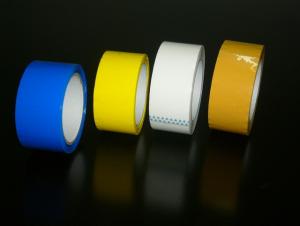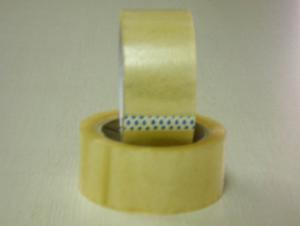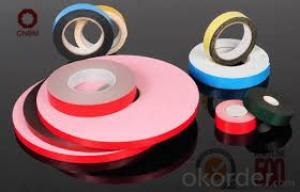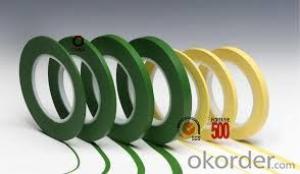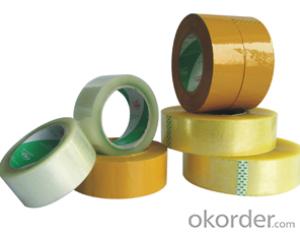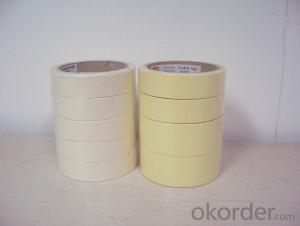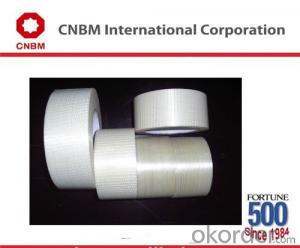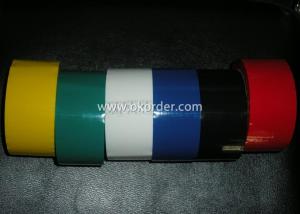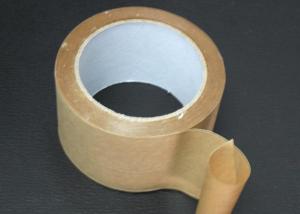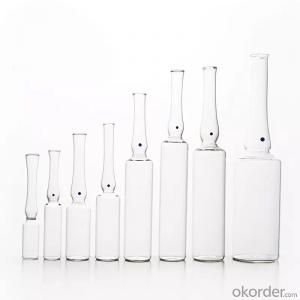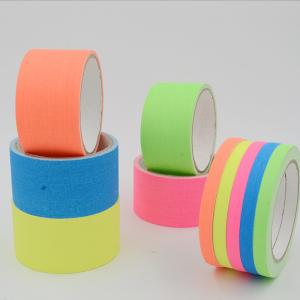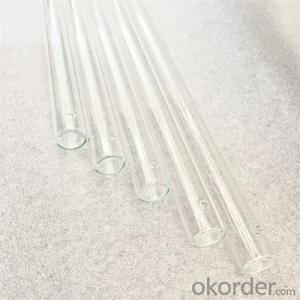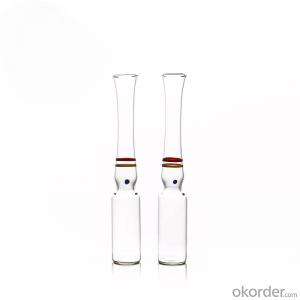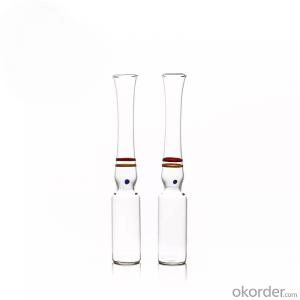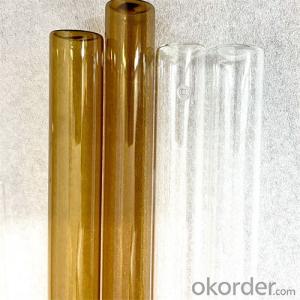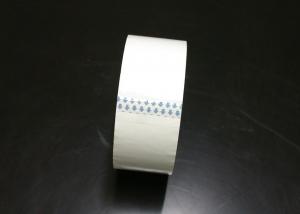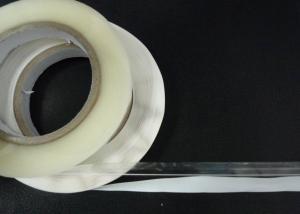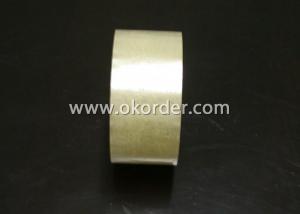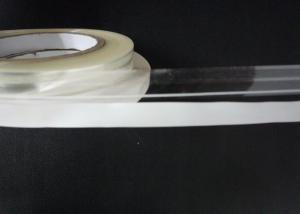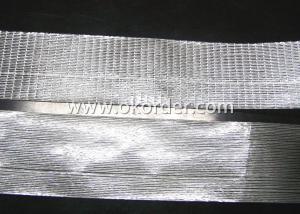Wire Harness Tape PVC 19mm Width Cable Wrapping
- Loading Port:
- Shanghai
- Payment Terms:
- TT OR LC
- Min Order Qty:
- 50 roll
- Supply Capability:
- 10000 roll/month
OKorder Service Pledge
OKorder Financial Service
You Might Also Like
Wire Harness Tape PVC 19mm Width Cable Wrapping
1. Structure of Wire Harness Tape Description
Wire Harness Tape is of PVC film as the carrier, coating with natural rubber. Wire Harness Tape: widely used as permanent wrapping on cables and wiring harnesses for automobile.
2. Main Features of the Wire Harness Tape
Resistant to cold
Resistant to high temperature
Water resistant and moisture resistant
Non-corrosive adhesive
Self extinguishing
Burning-resistance
Safety and environmental friendly
3. Wire Harness Tape Images
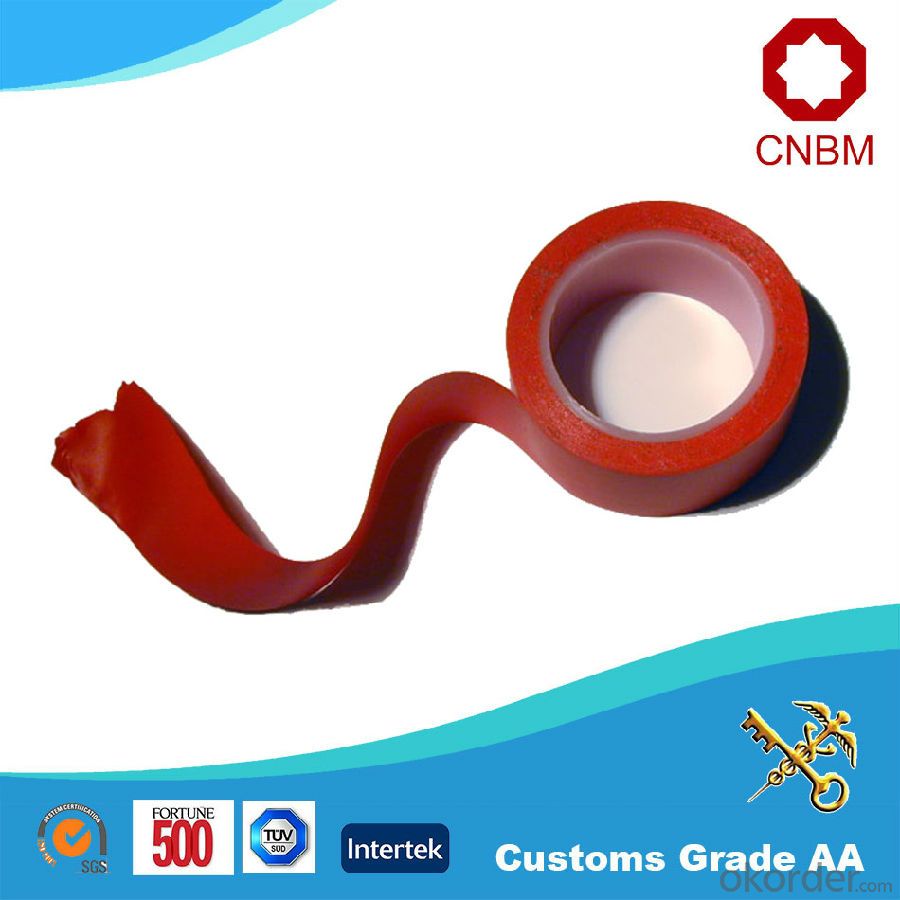
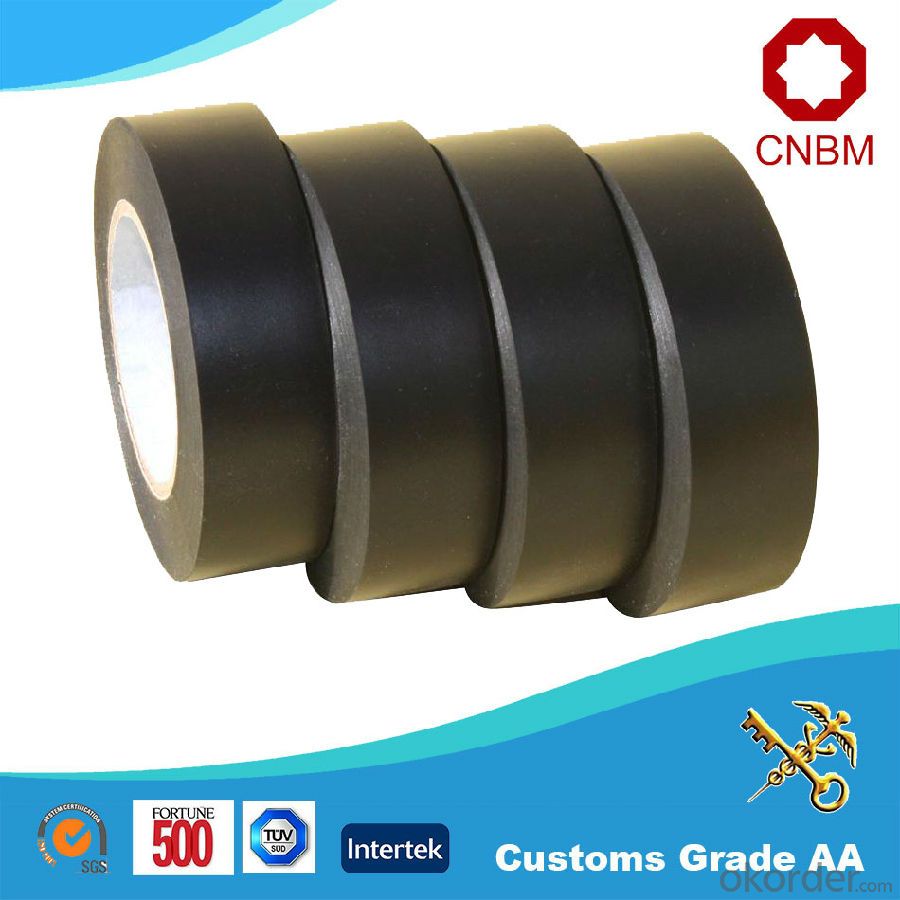
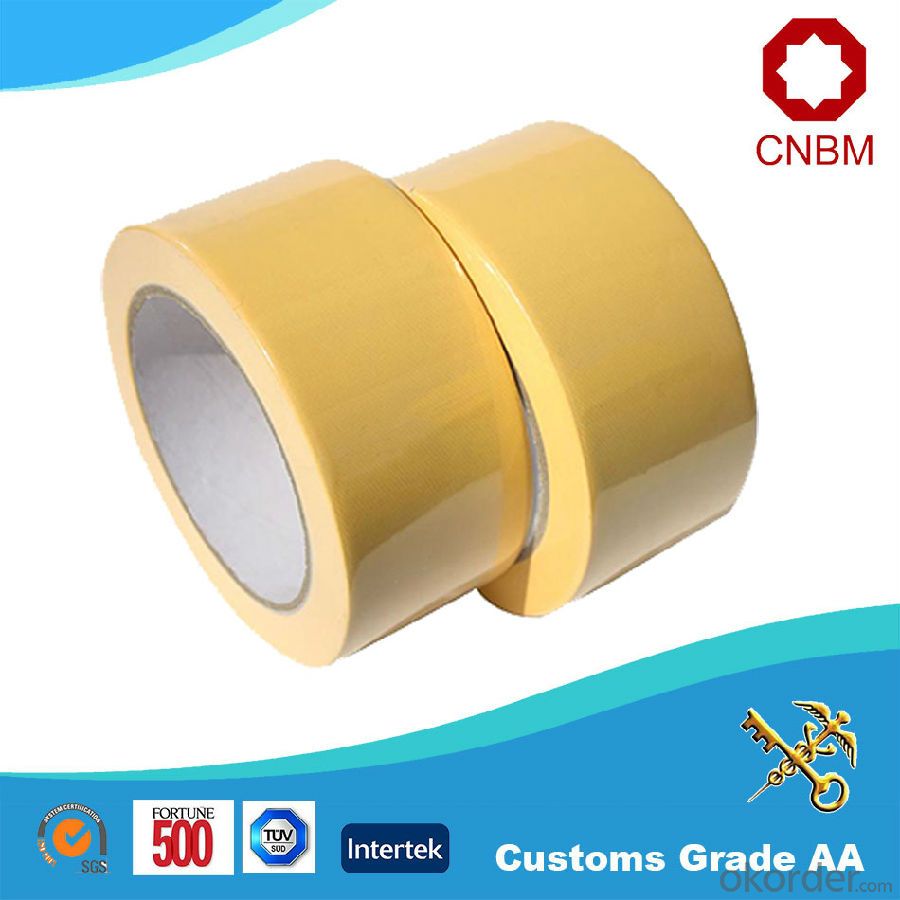
4. Wire Harness Tape Specification
Item No. | Thickness (micron) | Adhesion to steel (N/cm) | Tensile Strength (N/cm) | Elogation (%) | Teperature Resistance (DC) | Flame Resistance (S) |
PW-11 | 110 | 1.2 | 15 | 150 | 80 | <2< span=""> |
PW-12 | 120 | 1.2 | 16 | 150 | 80 | <2< span=""> |
PW-13 | 120 | 1.2 | 20 | 180 | 80 | <2< span=""> |
PW-15 | 120 | 1.2 | 25 | 200 | 80 | <2< span=""> |

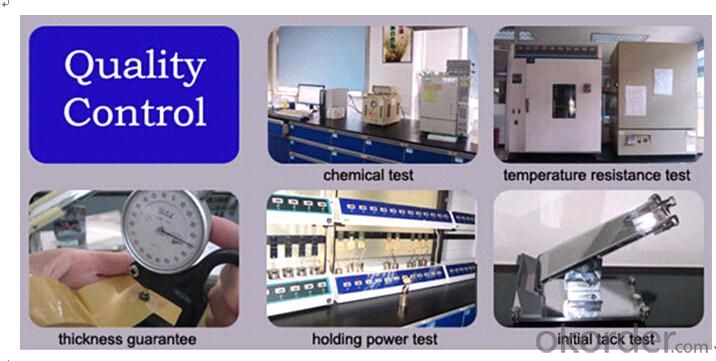
5. FAQ
Q1. What is working environment?
From -18°C to +80°C. It is specially conceived for professional electrical insulating applications where environmental safety is concerned.
Q2. How to guarantee the quality of the products?
We have established the international advanced quality management system,every link from raw material to final product we have strict quality test;We resolutely put an end to unqualified products flowing into the market. At the same time, we will provide necessary follow-up service assurance.
Q3.Delivery time?
Normally 15-25days after received deposit.It depend on size,packing,quantity etc.
- Q:How many tapes do you need to make a tape? How do you calculate a mother roll and how many tapes do you make?To make a tape, you need a roll,1, how to calculate a mother roll, how many tapes do?2, now the mother rolls have what specifications?3. How much is the mother volume now?4, how do you calculate the profit of a roll of tape?
- 3. The mother rolls of different factories have different prices. You ask, that's how much beef is now. You don't know where to supply and where to sell4, that is, the price you sell, minus your cost price. This is a bit of a pupil's problem
- Q:How do I prevent packaging tape from wrinkling?
- Here are some steps you can take to prevent packaging tape from wrinkling: 1. Utilize a tape dispenser: Using a tape dispenser aids in achieving a smooth application of the tape, reducing the likelihood of wrinkling. It also grants better control during taping, making it easier to keep the tape straight and taut. 2. Apply the tape tightly: When applying the tape, pull it firmly as you adhere it. This prevents any slack or loose areas that may cause wrinkling. Be cautious not to stretch the tape excessively, as this could diminish its adhesive properties. 3. Opt for the appropriate tape type: Different types of packaging tape possess varying adhesive properties and thicknesses. Selecting a high-quality tape specifically designed for packaging can minimize wrinkling. Additionally, consider using tape with reinforced fibers for added strength and resistance to wrinkling. 4. Ensure a clean surface: Before applying the tape, ensure that the surface is free from dust, dirt, or any other debris. These particles can cause the tape to wrinkle or adhere improperly. Thoroughly clean the surface and allow it to dry before taping. 5. Avoid extreme temperatures: Packaging tape can be sensitive to temperature changes, which may lead to wrinkling. Refrain from using the tape in extremely cold or hot environments. If possible, store the tape in an area with controlled temperature before usage. 6. Apply pressure: After applying the tape, use your hand or a roller to exert pressure on it, ensuring proper adhesion. This helps smooth out any potential wrinkles or bubbles and ensures a secure attachment of the tape. By following these suggestions, you can significantly diminish the likelihood of packaging tape wrinkling, resulting in a more orderly and secure package.
- Q:How does packaging tape perform on non-porous surfaces?
- Packaging tape has been engineered to stick effectively to a wide variety of surfaces, including those that are non-porous. When it comes to non-porous surfaces like glass, metal, plastic, or sealed wood, their smooth and impermeable nature can pose a challenge for adhesives to adhere properly. However, packaging tapes are specifically crafted with strong adhesive properties that enable them to perform efficiently even on non-porous surfaces. Once applied to a non-porous surface, packaging tape creates a strong bond thanks to its high tackiness and cohesive strength. The tape's adhesive is specially formulated to possess excellent adhesion properties, guaranteeing a dependable seal. It adheres firmly to the surface, establishing a secure bond that resists peeling or lifting. Furthermore, packaging tapes often feature special attributes like acrylic or hot melt adhesives, which further enhance their performance on non-porous surfaces. Acrylic adhesive tapes are renowned for their exceptional initial tack, rapid adhesion, and long-term durability. They can withstand changes in temperature, humidity, and exposure to UV radiation, making them suitable for a variety of environments. On the other hand, hot melt adhesive tapes offer superior bonding strength and are perfect for heavy-duty applications, ensuring a robust hold on non-porous surfaces. Additionally, packaging tapes are typically constructed from durable materials such as polypropylene or polyester, which are resistant to tearing or stretching. This further enhances their performance on non-porous surfaces, as they can endure the rigors of shipping and handling without compromising their adhesive properties. In conclusion, packaging tape is specifically designed to excel on non-porous surfaces. Its strong adhesive properties, specialized adhesive formulations, and durable materials allow it to create a dependable seal on surfaces like glass, metal, plastic, or sealed wood. Whether it's for packaging, shipping, or general use, packaging tape is a reliable choice for securing items on non-porous surfaces.
- Q:Does packaging tape have a specific shelf life?
- Indeed, there is a designated lifespan for packaging tape. The duration of this lifespan fluctuates depending on the type and caliber of the tape. In general, the majority of packaging tapes possess a shelf life spanning from one to two years. Nevertheless, this lifespan can be elongated or abbreviated due to certain factors such as storage circumstances and exposure to sunlight or extreme temperatures. It is crucial to consult the manufacturer's guidelines or packaging for any explicit instructions regarding the tape's shelf life. To guarantee optimal performance and adhesive potency, it is advisable to employ packaging tape within its designated shelf life.
- Q:Can packaging tape be used for sealing industrial or manufacturing goods?
- Indeed, packaging tape proves itself invaluable in the sealing of industrial or manufacturing goods. Its purpose is to secure and seal packages, boxes, and cartons, thus rendering it highly adaptable across a vast array of applications. In the manufacturing industry, among others, it is frequently employed to guarantee the safe transport and storage of goods. By establishing a robust and enduring seal, packaging tape effectively shields the contents from spillage, damage, or exposure to external elements like moisture or dust. Furthermore, it boasts effortless application and removal, thereby providing a convenient means of efficiently sealing substantial quantities of industrial or manufacturing goods.
- Q:Is packaging tape resistant to mold or mildew?
- Packaging tape is generally resistant to mold or mildew. Typically, materials like polypropylene or vinyl, which do not offer a suitable environment for mold or mildew growth, are used to make most packaging tapes. These materials are impermeable and waterproof, preventing moisture from penetrating and creating conditions favorable for mold or mildew to thrive. Moreover, packaging tape often has a mold or mildew-resistant adhesive coating. Nevertheless, it is worth mentioning that if the tape is applied to a surface already contaminated with mold or mildew, it may not hinder further growth or eradicate the existing mold or mildew.
- Q:Can packaging tape be used for sealing foam or bubble wrap?
- Yes, packaging tape can be used for sealing foam or bubble wrap. Packaging tape is designed to have a strong adhesive that adheres well to various surfaces, including foam and bubble wrap. By applying packaging tape to the edges or seams of foam or bubble wrap, you can securely seal and protect your items during shipping or storage. It is important to ensure that the tape is applied properly and firmly to provide a tight seal and prevent the foam or bubble wrap from coming loose.
- Q:Does packaging tape come in different widths for sealing different-sized items?
- Yes, packaging tape is available in different widths to accommodate sealing different-sized items.
- Q:How does packaging tape perform in dusty environments?
- Packaging tape generally performs well in dusty environments, but its effectiveness may vary depending on the specific conditions and the quality of the tape. Dust particles can potentially interfere with the adhesion of the tape, making it less sticky and less reliable in securing packages. However, most packaging tapes are designed to be resistant to dust and other contaminants, and they have a strong adhesive backing that can withstand moderate levels of dust. In dusty environments, it is recommended to choose packaging tapes that have a higher tack or adhesive strength. These tapes are specifically engineered to provide better adhesion and stickiness, even in dusty conditions. Additionally, selecting tapes with a thicker backing material can also help to prevent dust particles from penetrating through the tape and compromising its adhesive properties. It is important to note that excessive dust accumulation may still impact the performance of packaging tape, especially if the dust is fine and abundant. In such cases, it is advisable to regularly clean the package surfaces before applying the tape to ensure optimal adhesion. Adequate surface preparation, such as wiping down the area with a clean cloth or using compressed air to remove the dust, can help improve the tape's performance in dusty environments. Overall, while packaging tape can generally perform well in dusty environments, it is essential to consider the quality of the tape, the level of dust exposure, and the proper surface preparation to ensure optimal adhesion and package security.
- Q:Can packaging tape be used for sealing packages with medical or pharmaceutical products?
- Indeed, packaging tape can certainly serve as a means to seal packages containing medical or pharmaceutical items. Nonetheless, it is crucial to take into account the precise requirements and regulations pertaining to packaging within the medical and pharmaceutical sectors. Such industries often uphold rigorous standards concerning packaging materials, aiming to guarantee the safety, soundness, and adherence to regulatory guidelines of the products. Consequently, it is advisable to opt for packaging tape specifically formulated and authorized for use in medical or pharmaceutical contexts. These tapes are typically composed of moisture-resistant and tamper-proof materials, ensuring a robust seal to safeguard the package's contents. By utilizing approved packaging tape, the quality and integrity of medical or pharmaceutical products can be preserved throughout storage and transportation.
1. Manufacturer Overview |
|
|---|---|
| Location | |
| Year Established | |
| Annual Output Value | |
| Main Markets | |
| Company Certifications | |
2. Manufacturer Certificates |
|
|---|---|
| a) Certification Name | |
| Range | |
| Reference | |
| Validity Period | |
3. Manufacturer Capability |
|
|---|---|
| a)Trade Capacity | |
| Nearest Port | |
| Export Percentage | |
| No.of Employees in Trade Department | |
| Language Spoken: | |
| b)Factory Information | |
| Factory Size: | |
| No. of Production Lines | |
| Contract Manufacturing | |
| Product Price Range | |
Send your message to us
Wire Harness Tape PVC 19mm Width Cable Wrapping
- Loading Port:
- Shanghai
- Payment Terms:
- TT OR LC
- Min Order Qty:
- 50 roll
- Supply Capability:
- 10000 roll/month
OKorder Service Pledge
OKorder Financial Service
Similar products
New products
Hot products
Related keywords







